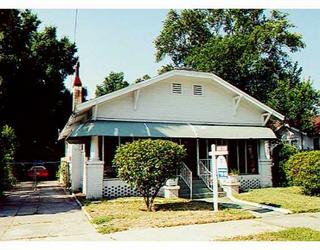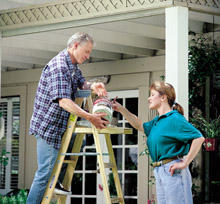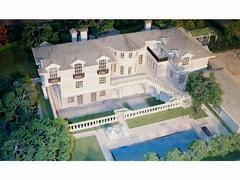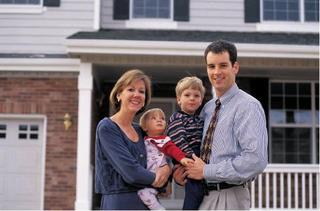The Best Fixer-Upper--Part III: What Price to Offer
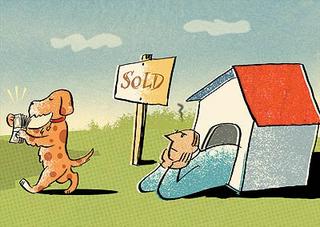
You found a fixer-upper. You are considering making an offer to purchase it. There are several factors that will make the difference between winning and losing. Many buyer's totally miscalculate both the cost and the time involved to transform a diamond in the rough to a home sweet home. Unless you fully realize the reality, you can severely impact, if not destroy, any potential profit.
The only people who think that finding, buying, fixing and selling a home is easy, are people who have never done it. In general, assume the repairs will cost twice as much, take double the time and the house will sell for less than you expected. Face the realities and you lessen your chances of getting burned.
Success Rule #1: Don't Be Surprised!!!
Nasty little (or big) surprises can jump out and scare you. The least expected things are always the most expensive. You can avoid many surprises by taking 3 little steps BEFORE you buy.
- Thorough Inspections: Ask for a narrative inspection report instead of the checklist type. Be present at the inspection. Follow the inspector, as they go through the house. Ask for a blow by blow description. Take notes, pictures, ask questions, point things out. Ask the inspector to detail all obvious and potential defects. Read the report carefully. Provide a copy to your contractor. Buy a Home Warranty, if Available. Have special inspections for termites, roofs, fireplaces, seismic, radon, water damage, etc., if required.
- Run The Numbers: Run the numbers backward to see how much profit is in the deal. Know the prices of homes in the neighborhood that don't need work. Begin with what the home will sell for, after all repairs are done. Subtract selling expenses, the full cost of repairs, any carrying costs until the home is sold and the amount of profit you need.
- Make your Offer Contingent upon obtaining satisfactory bids for improvements. If the bid's are too high, you can back out. Do keep in mind that a contingency may make it harder to negotiate a lower price or may kick you out of the deal in a hot market.
Example: 123 Little House Lane
Expected Sales Price when Repaired: $250,000
Selling Expenses (Commission, closing): -18,000
Repair Expenses: -20,000
Desired Profit -25,000
Maximum Property Purchase Price $187,000
Go in with your eyes wide open. As a general rule, fixer-uppers sell for 20% less than homes that don't need repairs. Don't be deluded into thinking you will be able to sell for more than the market or that the repairs will be less than estimated. Leave some wiggle room for more expense and carrying costs. If the potential for a realistic gain is there...BUY. If the numbers don't work...WALK!!!
